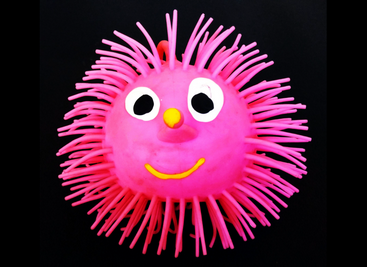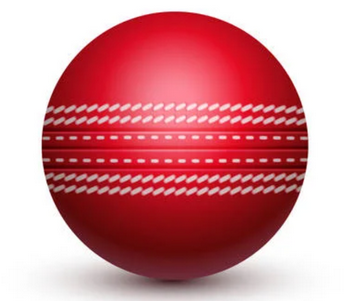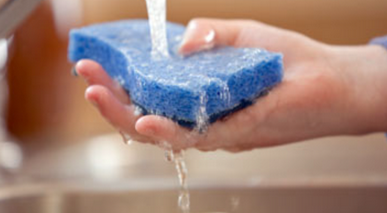8 PAIRS OF TEXTURESFOR YOUR TACTILE INTEGRATION PROGRAM
By Niyati Patel
The Doman Method® Tactile Integration Program is designed to teach the brain to feel normal, everyday touch in the right intensity and allow the body to subsequently respond meaningfully to its environment. We achieve this by offering intensity to the sense of touch using a pair of contrasting textures. This blog offers suggestions for textures you can use for a successful tactile program.
From a neurological standpoint, our children either respond too much to certain sensory experiences, or too little. When it comes to touch, we often describe these symptoms as hypersensitivity and hyposensitivity to tactile stimuli. A child who is hypersensitive to touch will find normal everyday hugging, clothing, bathing, or washing activities to be irritable and in severe cases, they avoid them completely. A child who is hyposensitive to touch will seek textures and surfaces to touch, may want more hugs and tight squeezes, or not feel light touch very well.
It is not uncommon that they may display signs of both hyper- and hyposensitivity on different areas of their body at the same time. The program recommends stimulating the sense of touch on the symptomatic areas of the body using opposite pairs of textures in short but numerous sessions.
Here are some helpful everyday objects which can provide great contrasting textures:
Soft make-up brush (gentle touch) and hard cleaning brush (strong touch)
2. Silk cloth (gentle touch) and burlap/jute (strong touch)
3. Blunt edge (gentle touch) and sharp edge (strong touch)
4. Light tickle (gentle touch) and scratching (strong touch) - can be done with hands as well
5. Soft scrub (gentle touch) and rough scrub (strong touch)
6. Soft playball (gentle touch) and hard playball (strong touch)
7. Light feather (gentle touch) and hard seashell (strong touch)
8. Dry towel (gentle touch) and wet sponge (strong touch)















